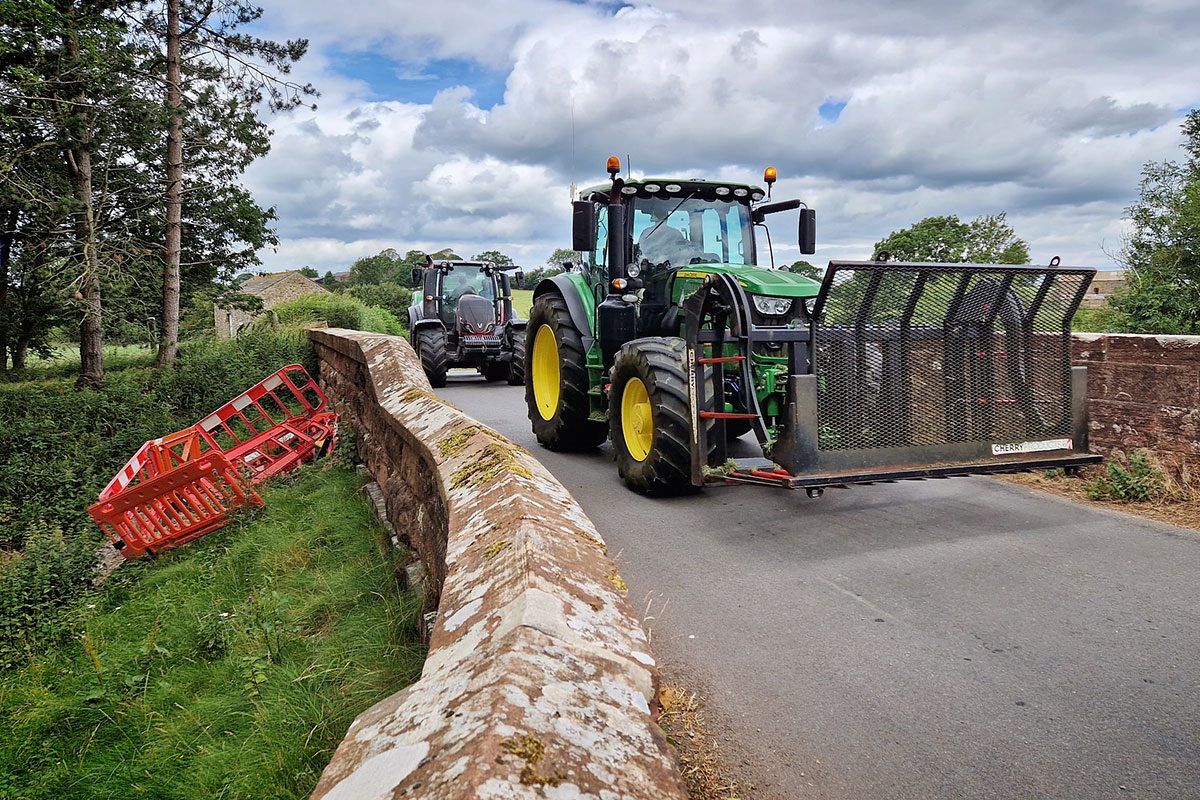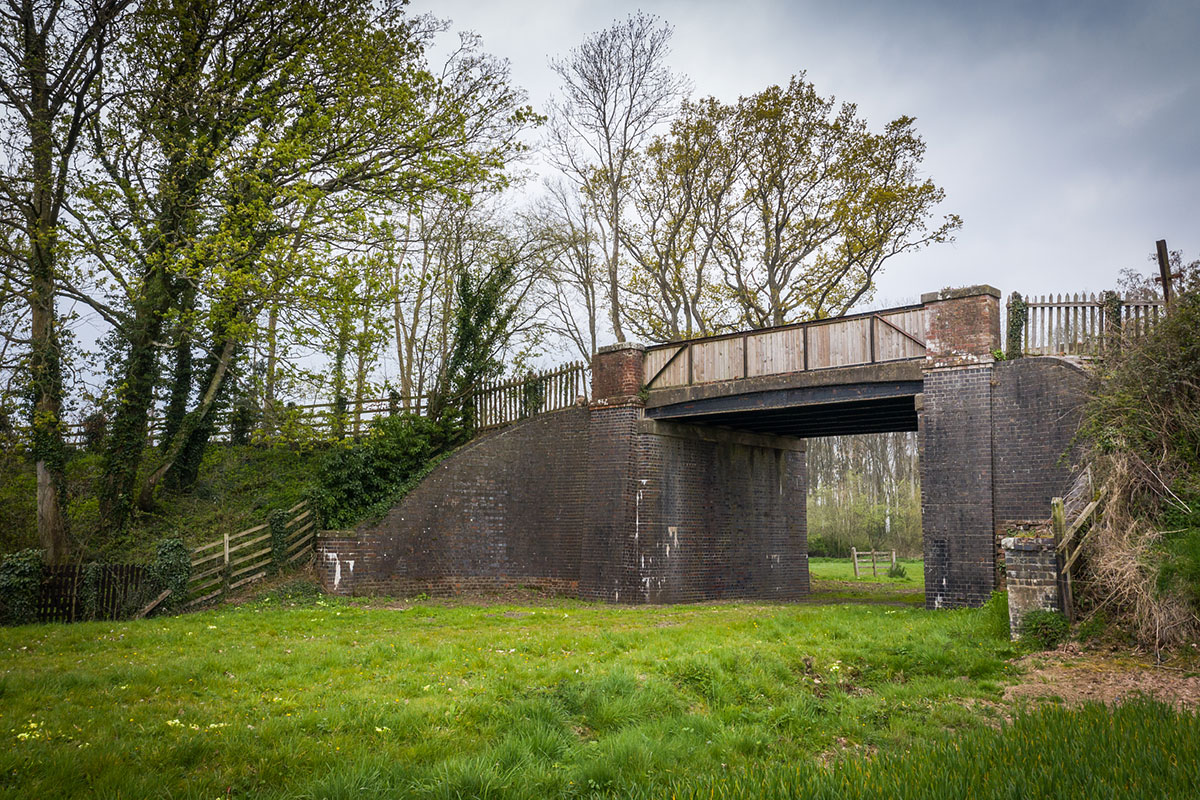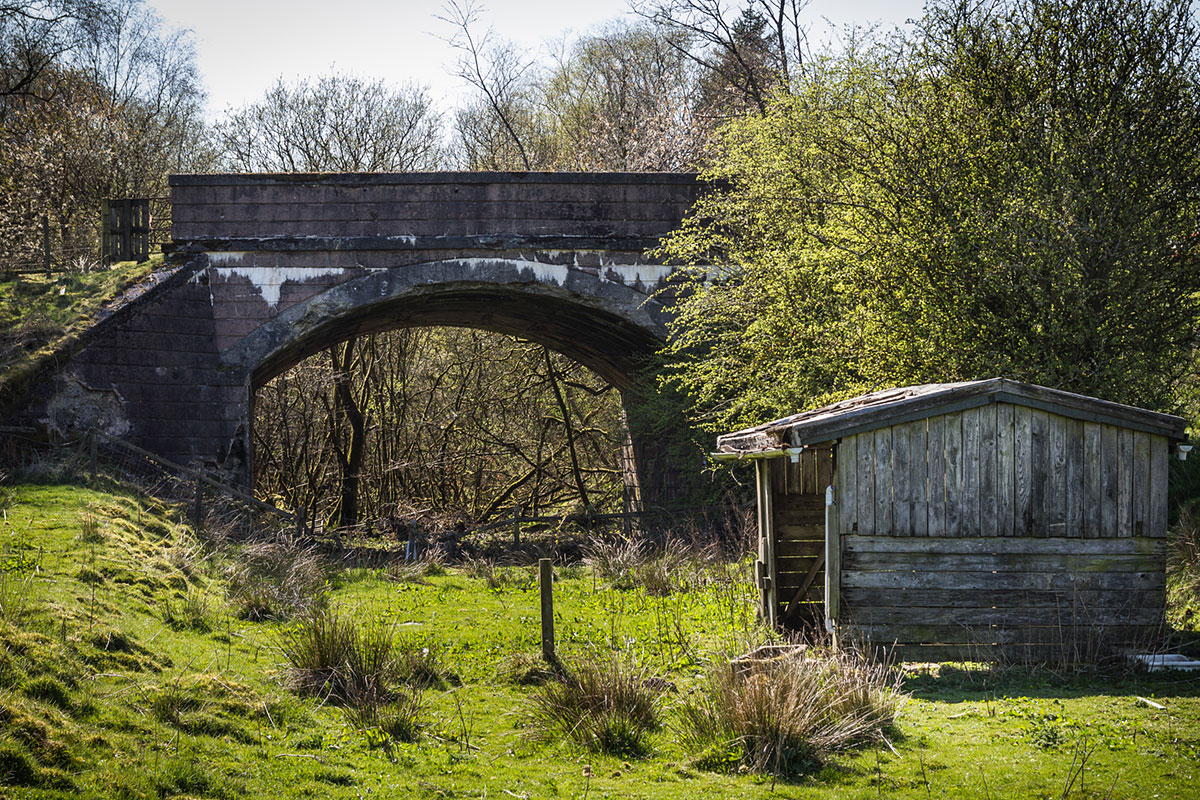where it all went wrong

Heavy email traffic
Infilling works began on 24 May 2021. According to an email exchange between National Highways and Eden District Council, contractor AmcoGiffen had set up a compound and cleared “some soft ground” by the morning of 28 May.
Later that day, EDC made clear that it was making an assessment “as to whether these works constitute Permitted Development” and asked that “you do not commence with the works until such time as we have made this assessment”. But NH was having none of it: the scheme “will prevent a future collapse and preserve public safety (under class Q). On this basis I am not going to ask the contractor to stop works”, their engineer confirmed.
Class Q permitted development rights facilitate temporary works - remaining in situ for no longer than 12 months - in an emergency event or situation “which threatens serious damage to human welfare”, the environment or UK national security. None was applicable at Great Musgrave.
In an email on 24 June, National Highways told EDC that there was “a measured loss of 38% of the mortar in the joints”, but this figure was also misleading, relating specifically to the isolated perpend joint. The company went on to state that the structure “was being overloaded and that works were required to prevent the failure of the bridge and avert a collapse.” This notion was utterly absurd.
Bill Harvey Associates - masonry arch bridge specialists - subsequently published a review of the engineering reports, forensically dismantling the case for infilling. It found no evidence to indicate “a current or developing risk of collapse”, whilst all inspections recorded the bridge to be “in fair condition”, as stated by NH’s own examiners. There was nothing to indicate any overloading; indeed exploration using Archie-M bridge analysis software suggested the structure would pass for all AWR vehicles - in other words, it had a capacity of more than 44 tonnes and did not need strengthening.

PHOTO: THE HRE GROUP
National Highways used a 24-year-old assessment to inform decision-making despite it being flawed from the outset and then out-of-date due to subsequent repairs and changes in the codes. It should have been consigned to the archives long since. This failure is indicative of issues within the company’s asset management regime, whilst claims that a masonry arch bridge might collapse - despite no meaningful defects - raises uncomfortable questions around competence, if taken at face value.
Behind the furore
The fight against National Highways’ assault on legacy railway structures has been led by The HRE Group - an alliance of engineers, heritage campaigners and greenway developers.
When the issue emerged into the public domain in January 2021, 134 bridges and tunnels were threatened with infilling or demolition, with dozens more meeting the same criteria of lacking weight restrictions despite failing their BD21 (CS 454) assessments. No meaningful evaluation had been made as to these structures’ historic value or potential usefulness as future transport assets.
 |
 |
PHOTOS: THE HRE GROUP
Ecology reports were produced, but their scope was not sufficiently broad: in 59 pages, the one for Great Musgrave made only a single site-specific reference to “wildlife corridor” in which it argued that badgers would cross the road rather than passing beneath the bridge. Despite a wealth of evidence confirming the importance of dismantled railways for wildlife migration and foraging, National Highways has shown reluctance to recognise it.
For the record, it should be noted that since the debacle at Great Musgrave, NH has established a Stakeholder Advisory Forum (SAF) to consider proposals for major works to structures where infilling or demolition is an option. This means that structures within the Historical Railways Estate (HRE) - the DfT-owned collection of 3,100 legacy bridges, tunnels, viaducts and culverts - are now subject to a more holistic appraisal of relevant issues: ecology, environment, heritage, repurposing, value for money and engineering.
 |
 |
 |
 |
About Us
The HRE Group is an alliance of walking, cycling and heritage campaigners, engineers and greenway developers who regard the Historical Railways Estate’s structures to be strategically valuable in the context of building a better future.
Last updated 21 October 2025
© 2025 The HRE Group


